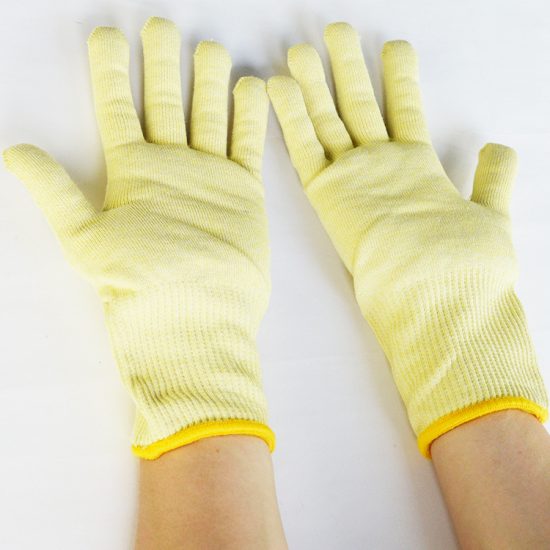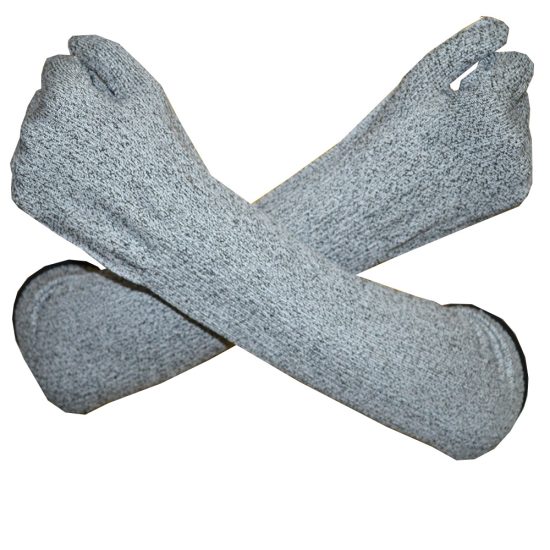Choosing the right safety helmet is crucial for ensuring your head’s protection in various settings, including construction, industrial work, and outdoor activities. Here are steps to help you select the appropriate safety helmet:
- Identify the Hazards:
- Begin by understanding the specific hazards you’ll encounter in your work or activity. Different helmets are designed to protect against various risks, such as falling objects, electrical shocks, or impact.
- Check Regulations and Standards:
- Consult your workplace safety regulations and standards to ensure compliance. Different industries and jurisdictions may have specific requirements for helmet types and standards.
- Determine the Type:
- Choose the appropriate type of safety helmet based on the identified hazards:
- Hard Hats: Provide protection against falling objects and impact. They are commonly used in construction and industrial settings.
- Bump Caps: Offer minimal protection against bumps and scrapes but are not designed for heavy impacts.
- Specialized Helmets: Some activities, such as biking, mountaineering, or motorcycling, may require specialized helmets designed for those purposes.
- Choose the appropriate type of safety helmet based on the identified hazards:
- Select the Right Class:
- If you need electrical protection, ensure that the helmet is classified correctly based on the class system:
- Class G (General): Protects up to 2,200 volts.
- Class E (Electrical): Protects up to 20,000 volts.
- Class C (Conductive): Offers no electrical protection.
- If you need electrical protection, ensure that the helmet is classified correctly based on the class system:
- Consider Comfort and Fit:
- A well-fitting helmet is crucial. It should sit comfortably on your head without being too tight or too loose. Look for a helmet with an adjustable suspension system to customize the fit.
- Inspect the Shell Material:
- Check the shell material. Most modern safety helmets are made from high-density polyethylene (HDPE) or fiberglass, which are durable and provide good impact resistance.
- Additional Features and Accessories:
- Depending on your needs, consider helmets with added features such as:
- Face shields or visors for eye protection.
- Hearing protection attachments.
- Slots for headlamps or other accessories.
- Chin straps for added stability during activities with movement.
- Depending on your needs, consider helmets with added features such as:
- Certifications and Labels:
- Ensure that the helmet complies with relevant safety standards, such as ANSI (American National Standards Institute) or EN (European Norm) standards. Look for certification labels or markings on the helmet.
- Try Before You Buy:
- If possible, try on the helmet before purchasing it to ensure a comfortable fit. Adjust the straps and suspension system as needed.
- Regular Inspection and Maintenance:
- After acquiring your helmet, inspect it regularly for signs of damage or wear. Replace it if you notice any cracks or significant damage. Follow the manufacturer’s maintenance guidelines.
Remember that your safety helmet is a vital piece of personal protective equipment, and choosing the right one is essential for your well-being. Taking the time to select the appropriate helmet for your specific needs and ensuring it fits correctly will go a long way in ensuring your safety in potentially hazardous environments.


